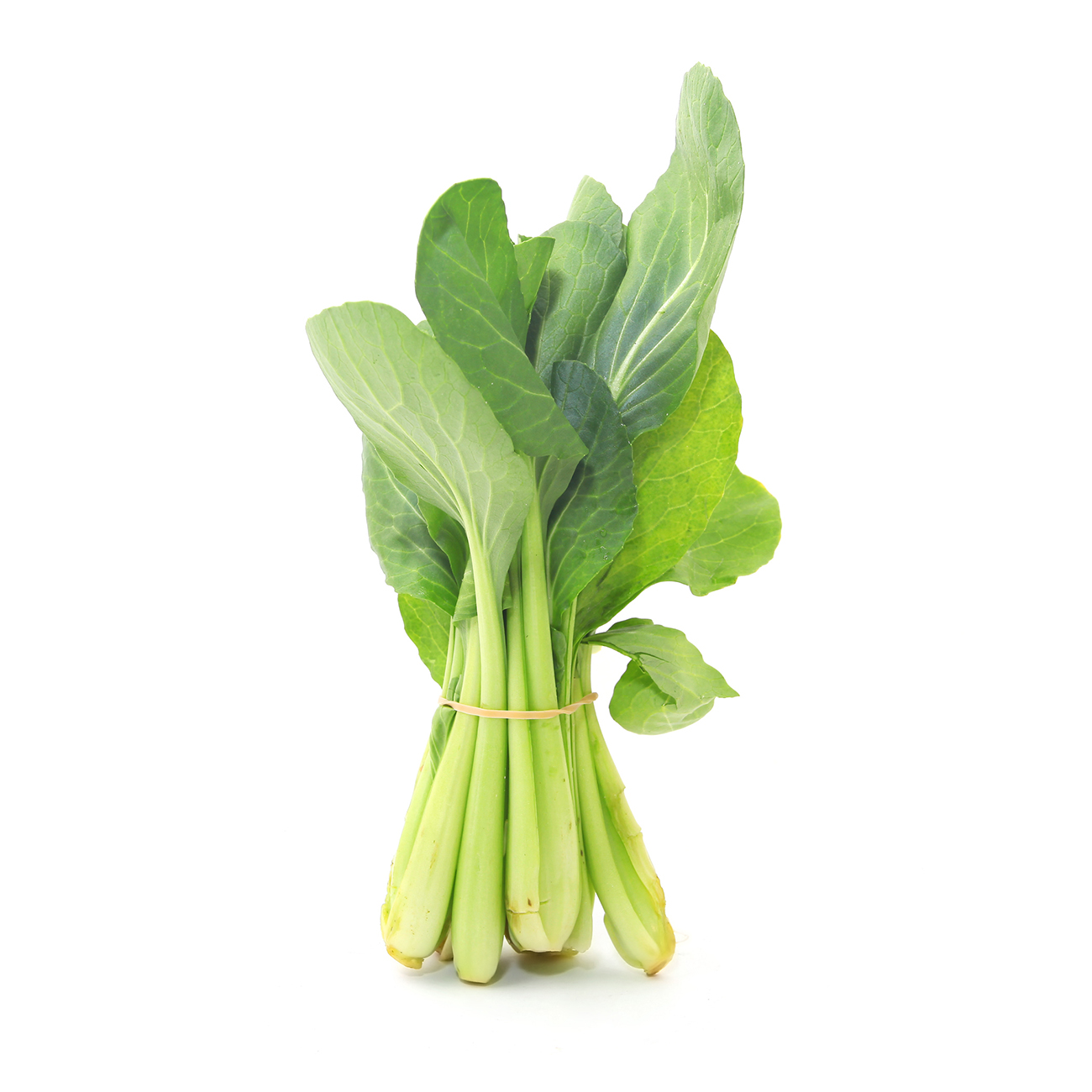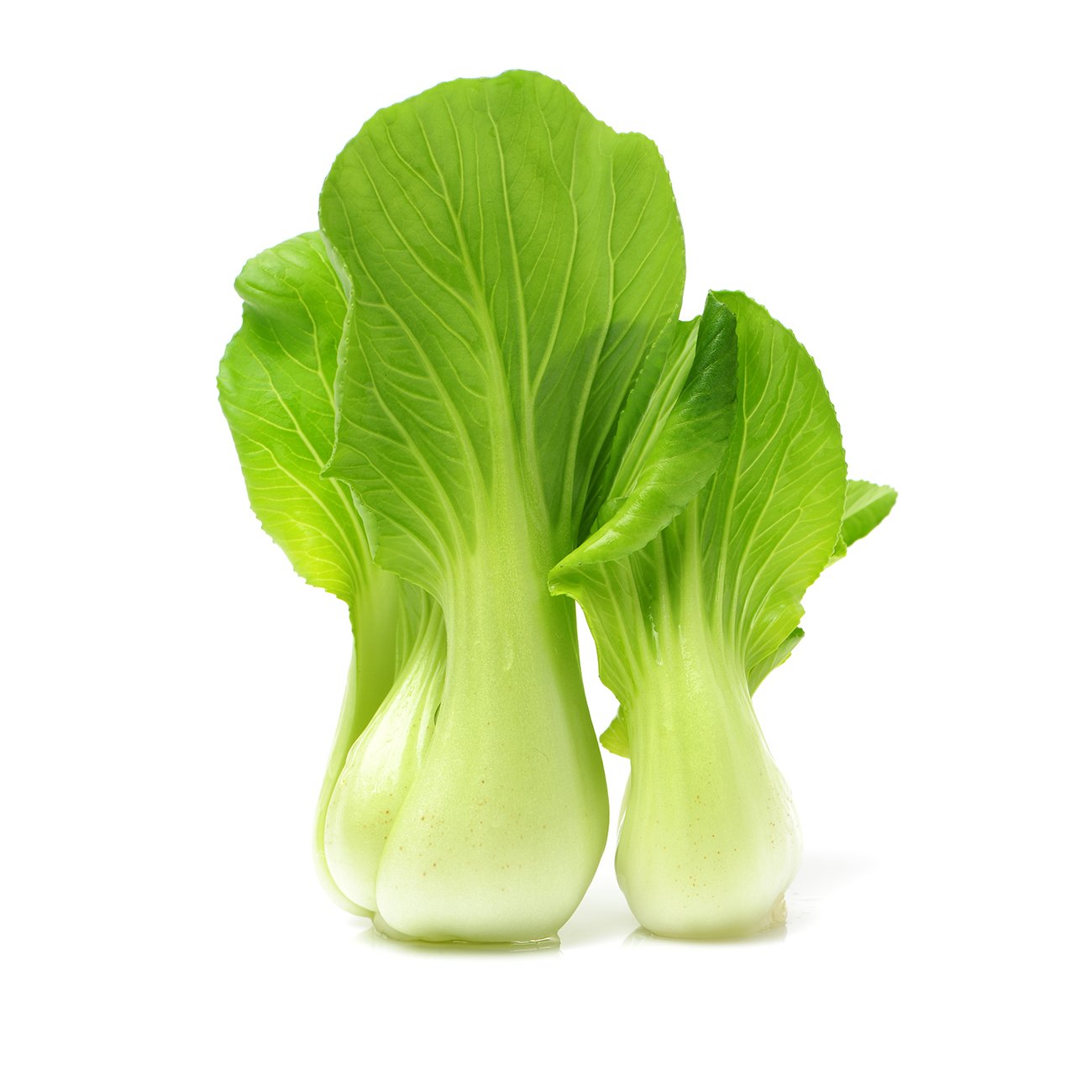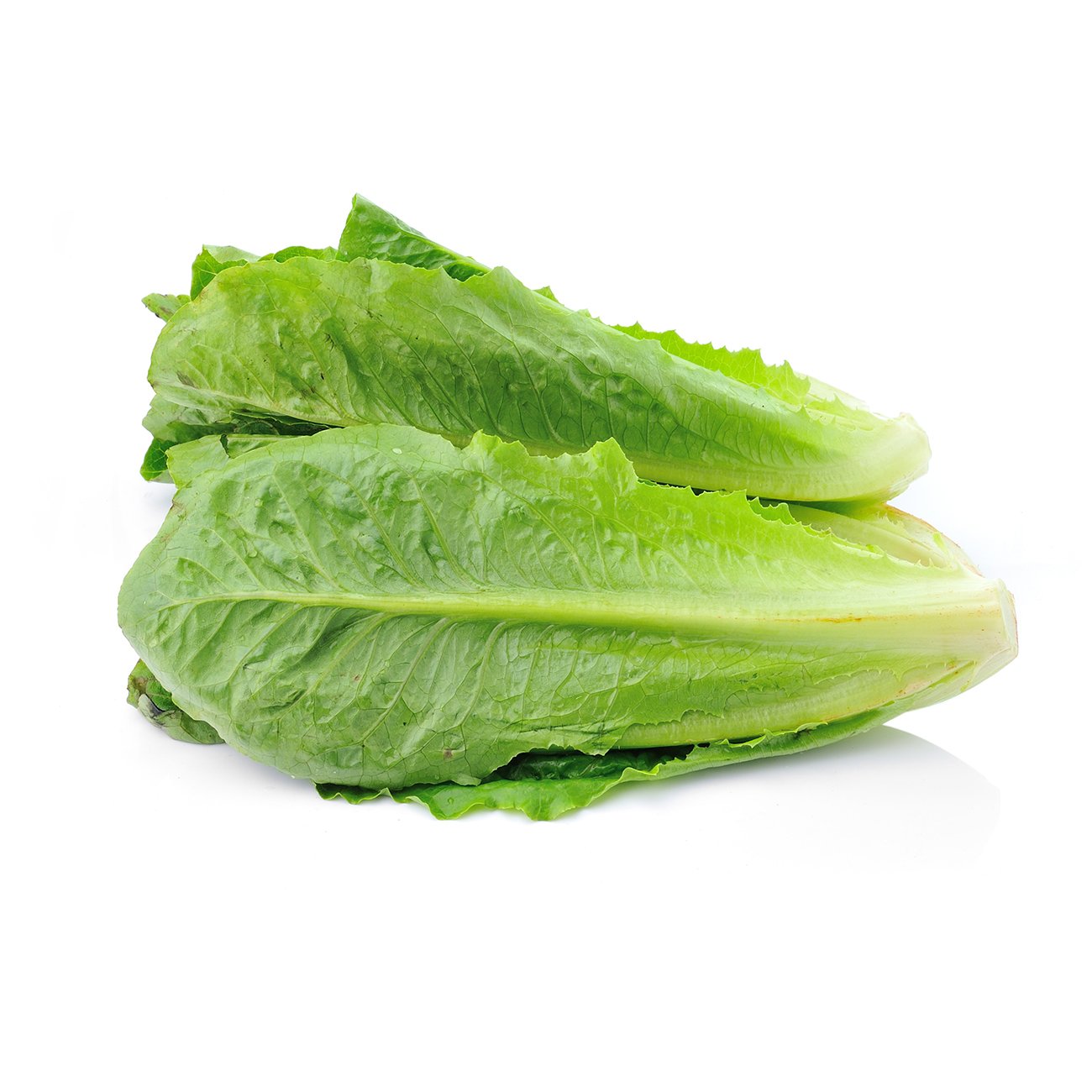Choy sum
Has an earthy taste and means 'heart of the vegetable' in Cantonese.
Alternative Name
Cai xin, Chinese flowering cabbage, Chinese oil vegetable, Chinese silverbeet, choi sum, flowering Chinese cabbage, flowering pak choy, white flowering cabbage, yow choy sum, yu choy
Scientific Name
Brassica rapa var. parachinensis
Health benefits
Brain & nervous system Digestion Heart Hydration Immune system Skin
Choy sum (Chinese flowering cabbage) is characterised by yellow flowers borne on slightly fleshy stems. The oval leaves have slightly serrated margins and can be light or dark green. Unlike many other cabbages, it never forms compact heads and it is more similar to bok choy. This vegetable is a member of the brassica—or cabbage—family, also known as a cruciferous vegetable.
-
Harvesting
Choy sum should have bright green leaves, white flower stems and buds with yellow coloured flowers. It should be tender and fresh with developed but closed buds. Common postharvest defects include flower bud deterioration, leaf dehydration and yellowing, and toughening of stems.Postharvest storage temperature
Visual quality attributes are best maintained at 0°C for a shelf life of 21 days. Products stored at 5°C maintain marketable quality for 7–14 days.Controlled atmosphere storage
All the brassica vegetables respond favorably to modified atmospheres. In storage, air circulation should be minimised to limit water loss, excess carbon dioxide should be removed and adequate oxygen levels should be maintained.Ethylene sensitivity
Exposure to ethylene should be avoided throughout the handling system. It decreases the shelf life of these green vegetables.Humidity storage
Store at 95-100% relative humidity.Disease & infection
Various soft rot causing organisms affect shelf life of brassica vegetables. Rots due to these organisms are usually associated with physical injury. -
Keep in vegetable drawer of fridge.
Nutrition information
| Qty per serve | % RDI per serve | Qty per 100g | |
|---|---|---|---|
| Energy | 53 kJ | 1% | 71 kJ |
| Protein | 1.0 g | 2% | 1.3 g |
| Fat, total | 0.2 g | 0% | 0.3 g |
| – saturated | 0 g | 0% | 0 g |
| Carbohydrate | 0.7 g | 0% | 0.9 g |
| – sugars | 0.6 g | 1% | 0.8 g |
| Dietary fibre, total | 2.1 g | 7% | 2.8 g |
| Sodium | 10 mg | 0% | 13 mg |
| Folate | 319 µg | 159% RDI | 425 µg |
| Vitamin A (from carotenoids) | 173 µg RE | 23% RDI | 230 µg RE |
| Vitamin C | 35 mg | 86% RDI | 46 mg |
| Iron | 1.3 mg | 11% RDI | 1.7 mg |
| Potassium | 255 mg | - | 340 mg |
Note: % RDI are based on an average adult diet of 8700 kJ. Your daily intakes may be higher or lower depending on your energy needs. RDI = Recommended Dietary Intake; ESADDI = Estimated Safe and Adequate Daily Dietary Intake.

You might also like
Veggy tip
Add choy sum’s crispy, sweet stalks to salads, sandwiches and burgers, or just eat raw. If cooking, steam or stir-fry for maximum health benefits.



